How Can You Create a Dementia-Friendly Home for Your Loved One?
Create a dementia-friendly home with lighting, colour contrast, and safety tips to enhance comfort and independence for your loved one.
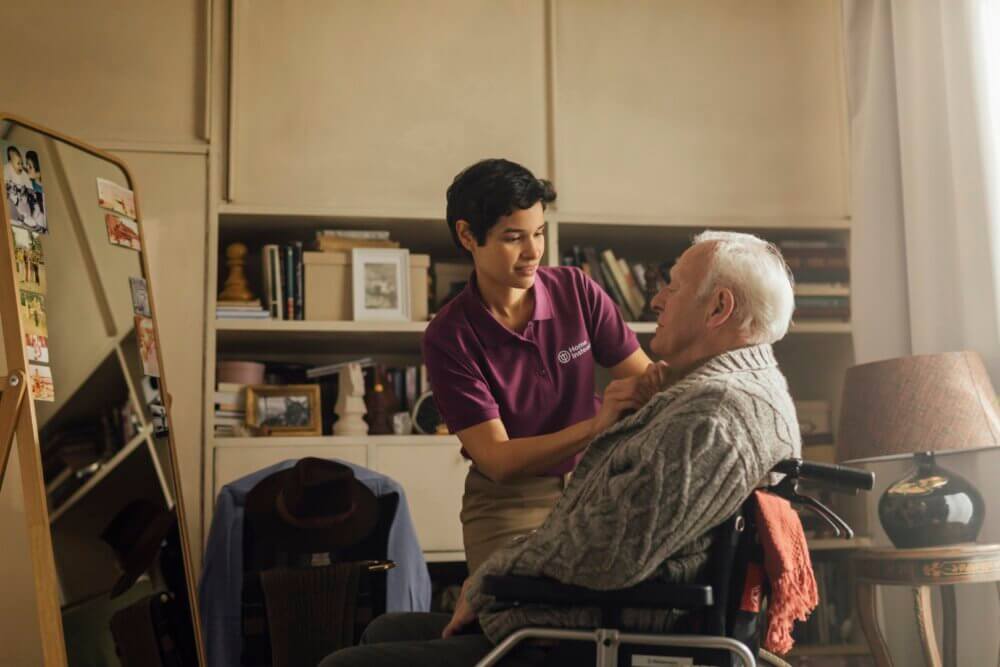
Have you ever wondered how the environment around your loved one can make a difference in their day-to-day life, especially after a dementia diagnosis? We understand that navigating dementia care can be overwhelming at Home Instead East Hertfordshire. But, with a few thoughtful adjustments to the home, you can create a safer and more comfortable space for your loved one.
Here are some practical tips to help make a home more dementia-friendly, supporting both safety and independence.
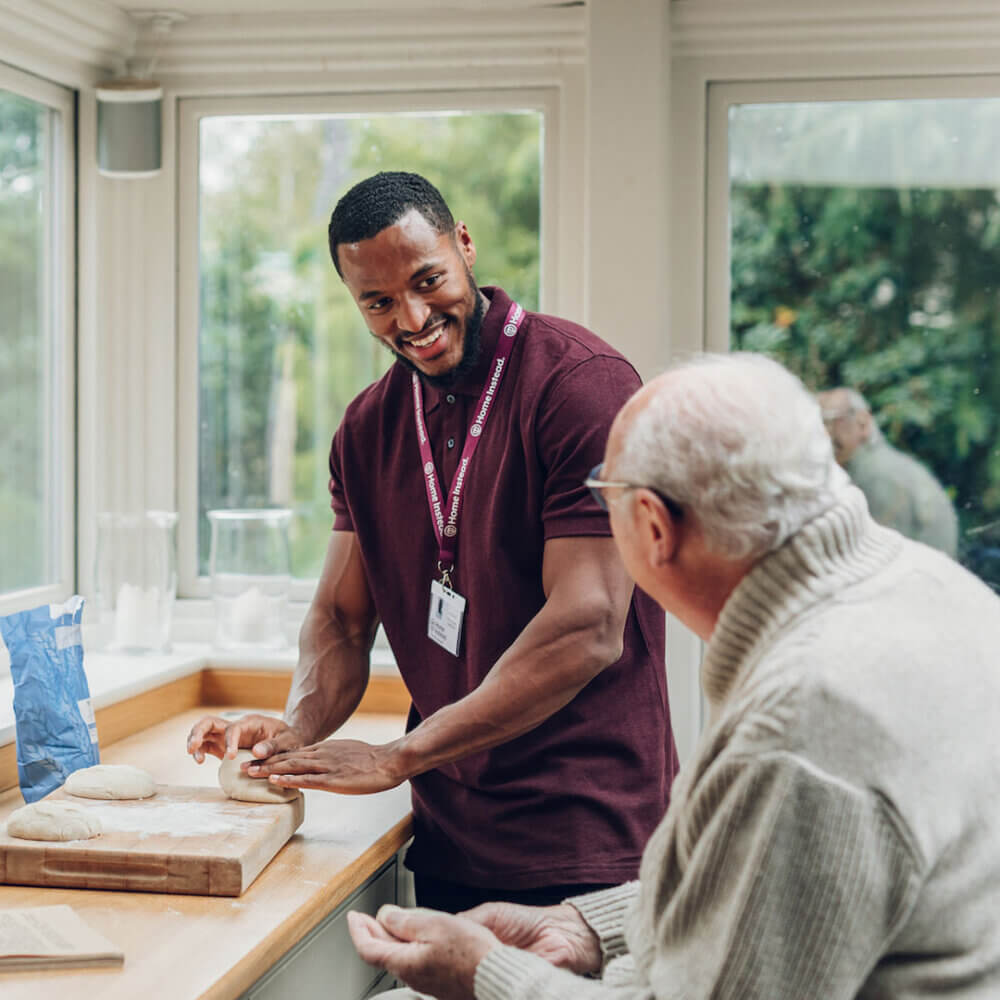
Optimising Lighting for Dementia Care
Did you know that lighting plays a significant role in how individuals with dementia experience their surroundings? Proper lighting helps reduce confusion, prevent disorientation, and avoid unnecessary accidents.
- Minimise Shadows and Glare: Soft, even lighting is best. Avoid harsh lighting that causes reflections, as it can lead to confusion.
- Maximise Natural Light: Keep curtains open and remove obstacles blocking windows. Natural light is calming and helps maintain a consistent sleep-wake cycle.
- Enhance Visibility in Key Areas: Hallways, bathrooms, and stairs should always be well-lit to avoid potential hazards.

Flooring Considerations for a Safe Space
The type of flooring in a home can directly affect how safe and accessible it is for someone living with dementia.
- Remove Tripping Hazards: Rugs and mats, while cosy, can be dangerous. Removing them ensures there’s nothing to trip over.
- Avoid Reflective Surfaces: Shiny floors can create the illusion of wetness, causing unnecessary caution or fear.
- Choose the Right Colours: Opt for flooring that contrasts with the walls, helping to define different areas. Steer clear of colours that may resemble natural elements, such as water or grass, as these can be confusing.
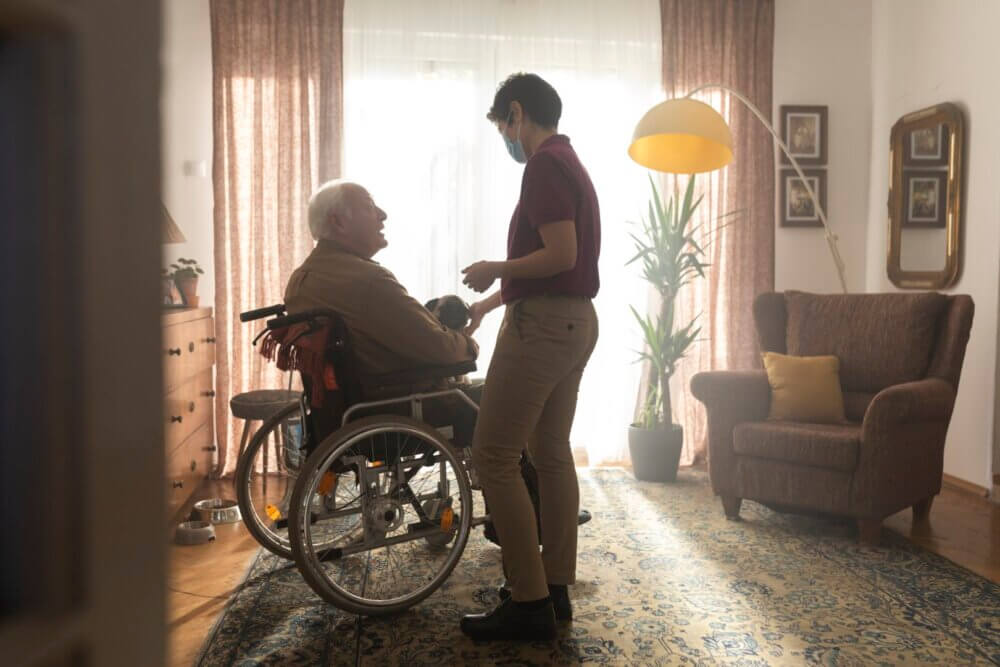
The Importance of Colour Contrast in Dementia Care
More than just decoration, colour can improve your loved one’s home navigation.
- Use Contrasting Colours: This helps to clearly differentiate between walls, floors, and furniture. It makes it easier for individuals to distinguish between different areas and objects.
- Highlight Important Features: Use contrasting colours to make things like bannisters, door frames, and even everyday items like cups stand out.
- Be cautious with patterns: While patterns can add personality to a room, bold designs can be overwhelming. Subtle, plain colours are often more comforting.

Clear Signage for Easy Navigation
For someone living with dementia, familiar spaces can sometimes feel unfamiliar. Signage can help provide clarity and comfort.
- Use Bold, Clear Labels: Signs can be a helpful guide for identifying rooms, cupboards, or even light switches. Ensure that signs are clear, easy to read, and placed at eye level.
- Add Visual Cues: Sometimes, pairing text with pictures can make it easier for your loved one to understand what the sign is indicating.
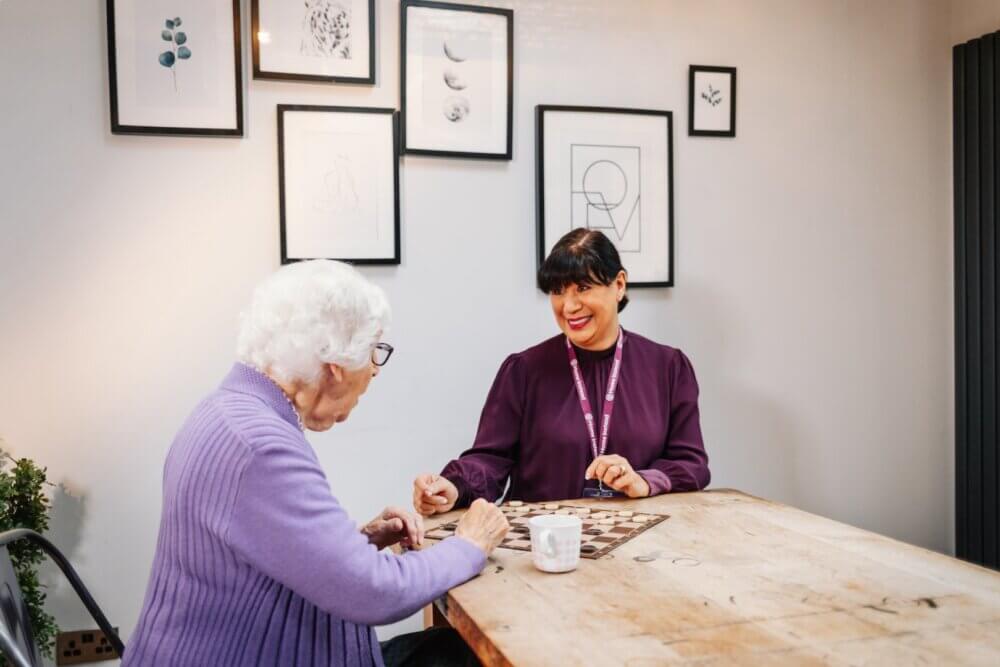
Managing Reflections in Dementia-Friendly Spaces
Mirrors and reflections can confuse dementia patients because they may not recognise themselves.
- Minimise Unnecessary Mirrors: If mirrors are not essential, consider removing or covering them, particularly in bedrooms or hallways.
- Close curtains at night: After dark, reflections from windows can also be disorienting. Drawing the curtains can reduce these reflections and create a calmer environment.
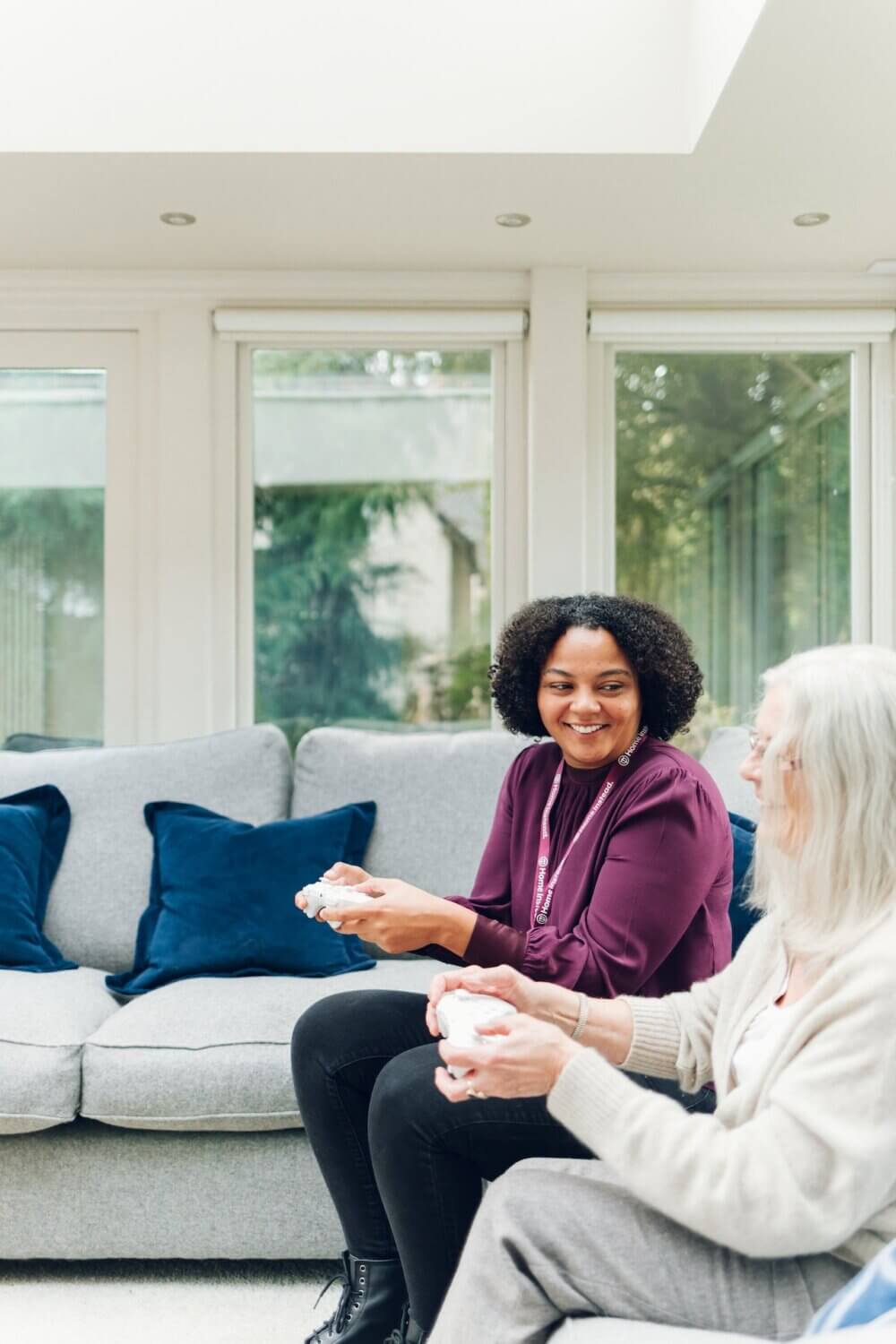
Explore Assistive Technology
Technology makes it easier to keep dementia patients safe and comfortable.
- Simple Telephones: Large, easy-to-use buttons make communication straightforward.
- Reminders and Alerts: Devices that provide gentle audio reminders can help your loved one stay on track with daily tasks.
- Clear, Digital Clocks: Consider clocks that display both the time and date clearly, helping to reduce confusion.
Our care professionals at Home Instead East Hertfordshire are skilled in guiding families through the intricacies of dementia care. We’re here to help your loved one maintain their independence while living in a safe and familiar environment. Whether it’s making adjustments to their home or providing professional care, we’re dedicated to making every day a little easier.
For more personalised advice or support with dementia care, get in touch with us today.

Areas We Serve
Sawbridgeworth, Bishop’s Stortford, Hertford & the surrounding areas
CM21 0, CM21 9, CM22 6, CM22 7, CM23 1, CM23 2, CM23 3, CM23 4, CM23 5, CM24 1, CM24 8, CM6 1, EN10 6, EN10 7, EN11 0, EN11 8, EN11 9, SG10 6, SG11 1, SG11 2, SG12 0, SG12 7, SG12 8, SG12 9, SG13 7, SG13 8, SG14 1, SG14 2, SG14 3, SG2 7, SG9 0, SG9 9
Allen House, Business Centre, The Maltings, Station Rd, Sawbridgeworth CM21 9JX, UK
01279 721443